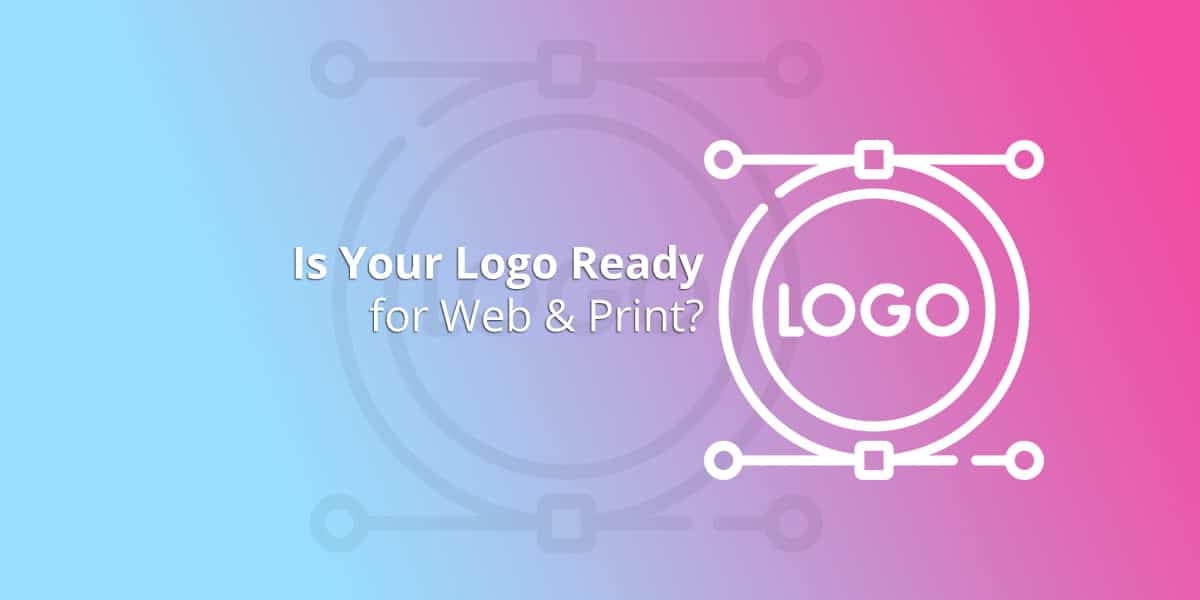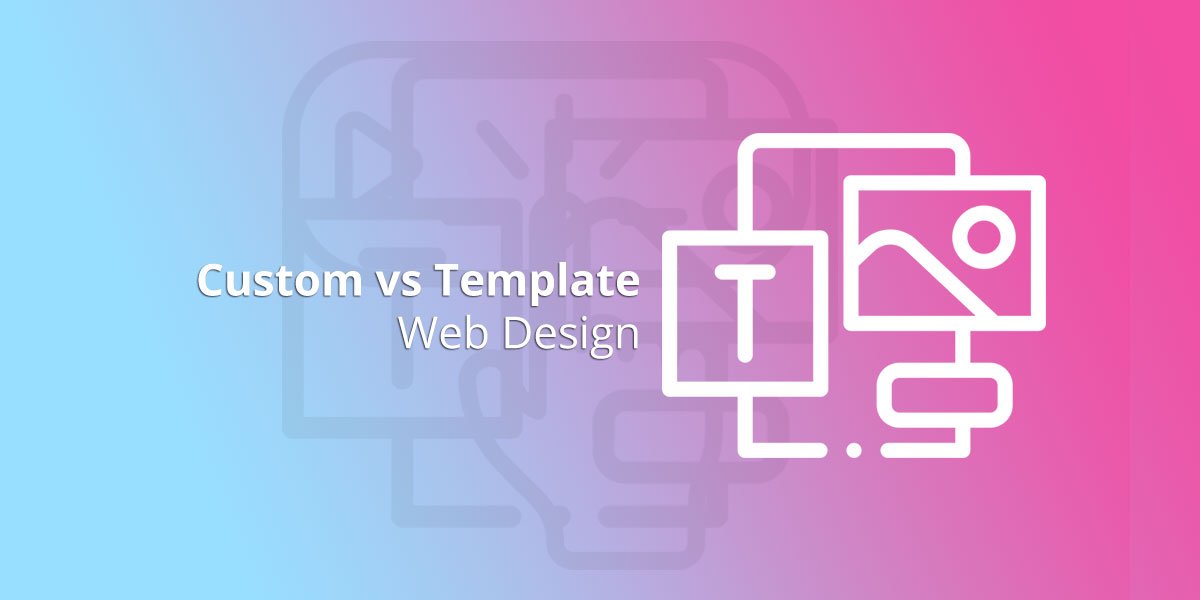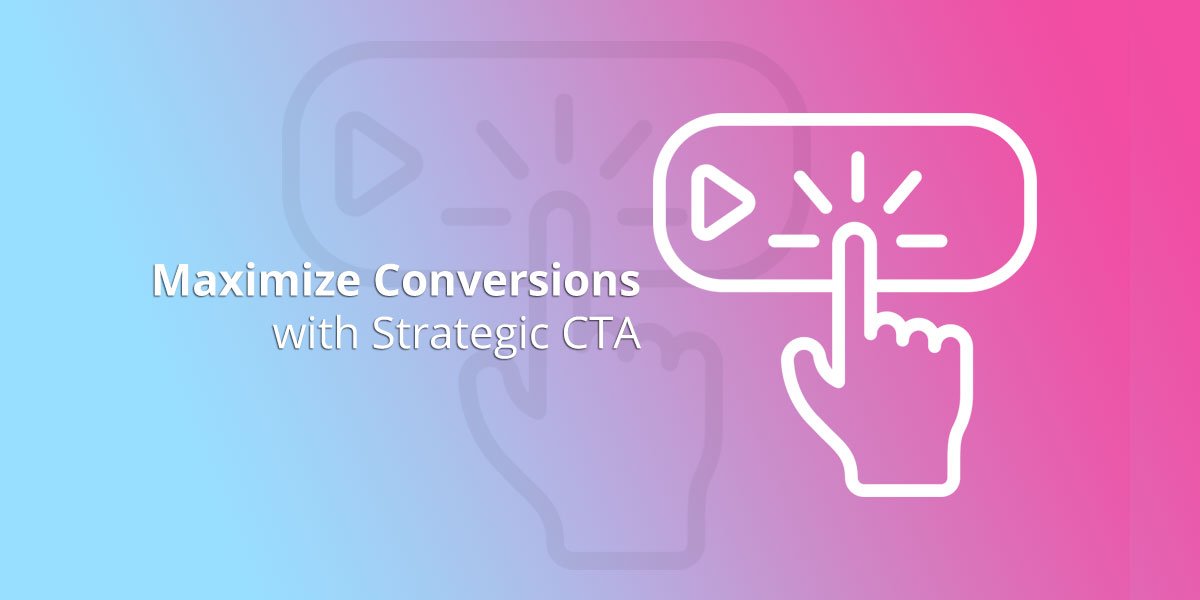I would guess its fairly safe to say you understand the importance of a killer logo. After all, a logo is the face of your brand – whether you’re promoting your business offline through print materials or showcasing your brand online. But there’s one crucial detail that often gets overlooked: the readiness of your logo for both mediums. In this blog post, we’re going to dive into why your logo design may not be print ready, and why you should care.
Why Logo Design Matters
 First things first, let’s talk about why logo design is essential for your business. Your logo is the linchpin of your branding strategy. It’s the symbol that customers will recognize and associate with your products or services. Think about iconic logos like Apple’s bitten apple or Nike’s swoosh – they’re more than just images; they’re symbols of trust and quality.
First things first, let’s talk about why logo design is essential for your business. Your logo is the linchpin of your branding strategy. It’s the symbol that customers will recognize and associate with your products or services. Think about iconic logos like Apple’s bitten apple or Nike’s swoosh – they’re more than just images; they’re symbols of trust and quality.
Your logo has a demanding role. It needs to look stellar on your website, social media profiles, business cards, brochures, and other print materials. That’s why having a logo that’s both web and print ready is crucial. So, let’s dive into why your logo may not be print ready and how it can impact your brand’s visibility.
1. Resolution Matters (A Lot)
Now, when we talk about being ‘web ready,’ we mean a logo that looks crisp and vibrant on your website. A logo designed with web in mind is usually at a lower resolution – say 72 dpi (dots per inch). However, when you try to print a logo with this resolution, it’s going to look more pixelated than a Minecraft character. Not the professional image you want to convey, right?
2. Size Matters (In More Ways Than One)
Size does matter when it comes to logo design. A logo created solely for web use may be too small to be effective on a printed brochure or banner. Imagine your beautiful w eb logo, which looks like a work of art on your website, being stretched to a size it wasn’t designed for – you’ll end up with a distorted mess. This is why your logo needs to be versatile enough to shine on any platform.
eb logo, which looks like a work of art on your website, being stretched to a size it wasn’t designed for – you’ll end up with a distorted mess. This is why your logo needs to be versatile enough to shine on any platform.
3. Color Consistency
Web logos often use the RGB color space, while print materials require CMYK. RGB has a broader color spectrum, which might result in your logo looking different when printed. The last thing you want is a sky-blue logo turning baby blue on your brochures. Color consistency is key for a professional, uniform brand image.
4. File Format Fumbles
When your logo is web ready, it’s typically saved in formats like JPEG, PNG, or GIF – perfect for online use. But when it comes to print, these formats can cause problems. You need your logo in a high-quality, scalable vector format like EPS or AI. These formats ensure your logo remains sharp and pristine no matter how big or small it’s printed.
5. Typography Tango
Another common pitfall is intricate typography. While a fancy font on your website looks great, it might not translate well when printed in smaller sizes. Choosing a typeface that’s legible and versatile is essential for print materials.
if you’ve realized that your logo isn’t print ready and need expert assistance, Off The Peg Design is your go-to destination. Our team of experienced designers knows the ins and outs of logo design, ensuring that your logo shines both online and in print. We’ll work with you to create a logo that fits your brand’s personality and is ready for all marketing avenues. With a range of pricing options and a commitment to excellence, we’ve got you covered.
Resources to Help You Further:
- Adobe Illustrator – The industry-standard software for creating professional vector logos.
- RGB vs. CMYK: What’s the Difference? – Learn the difference between these color modes and why it matters.
- The Importance of Vector Graphics in Logo Design – A detailed guide on why vector graphics are essential for logos.
- Color Psychology in Marketing – Understand how color influences consumer behavior.






